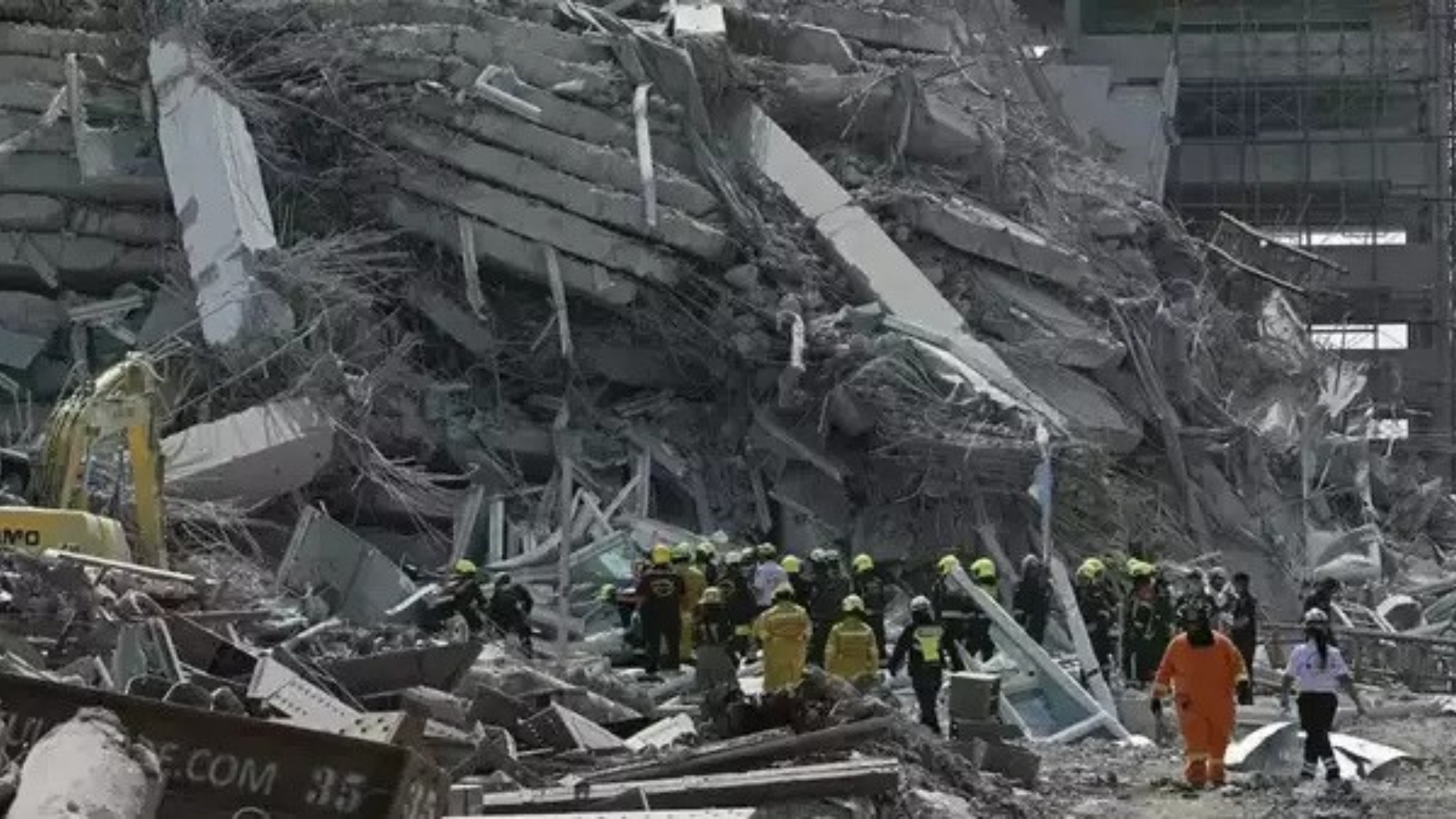A 7.7 magnitude earthquake struck Myanmar early Friday, shaking regions as far as Bangkok, about 800 miles (1,300 kilometers) away. Cities like Naypyidaw and Mandalay suffered extensive damage, with rescuers working to save victims trapped in collapsed buildings.
What Caused the Earthquake?
The quake occurred along the Sagaing Fault, a major fault line running through Myanmar. Earthquakes happen when tectonic plates beneath the Earth’s crust shift, causing immense pressure. After years of buildup, the plates can suddenly slip, releasing seismic energy.
This specific quake was shallow, meaning it was closer to the Earth’s surface, amplifying the destruction. Experts estimate that nearly 800,000 people were exposed to the strongest shaking.
Why Do Earthquakes Happen in Certain Areas?
Earthquakes predominantly occur along the edges of tectonic plates, where plates grind, collide, or move past each other. The Sagaing Fault is a prime example of this, making Myanmar particularly vulnerable.
While scientists can’t predict the exact timing of earthquakes, they can monitor seismic activity to identify regions at higher risk.
Aftershocks and Ongoing Risks
Following a major quake, aftershocks are common. These are smaller quakes triggered by the release of additional pressure along the fault. Experts predict that Myanmar could experience months of aftershocks, posing further risks to damaged structures.
How to Stay Safe During an Earthquake
If you find yourself in an earthquake, follow these guidelines:
- Indoors: Drop to the ground, cover your head and neck under sturdy furniture, and hold on. Stay away from windows and avoid elevators.
- Outdoors: Move to an open area, away from buildings, trees, and power lines.
Near the Coast: Be aware of possible tsunamis. Move to higher ground if necessary
Source: AP News
